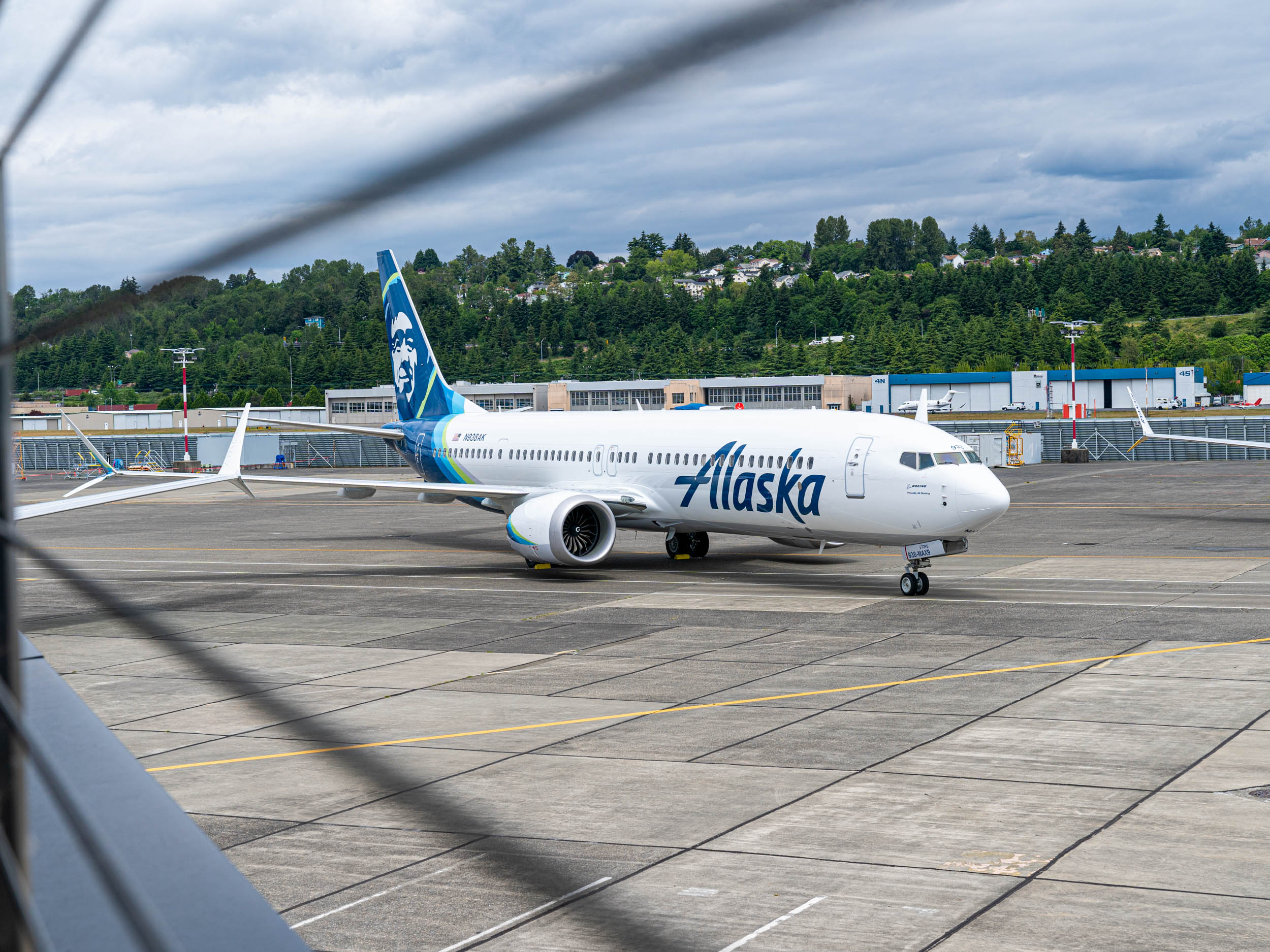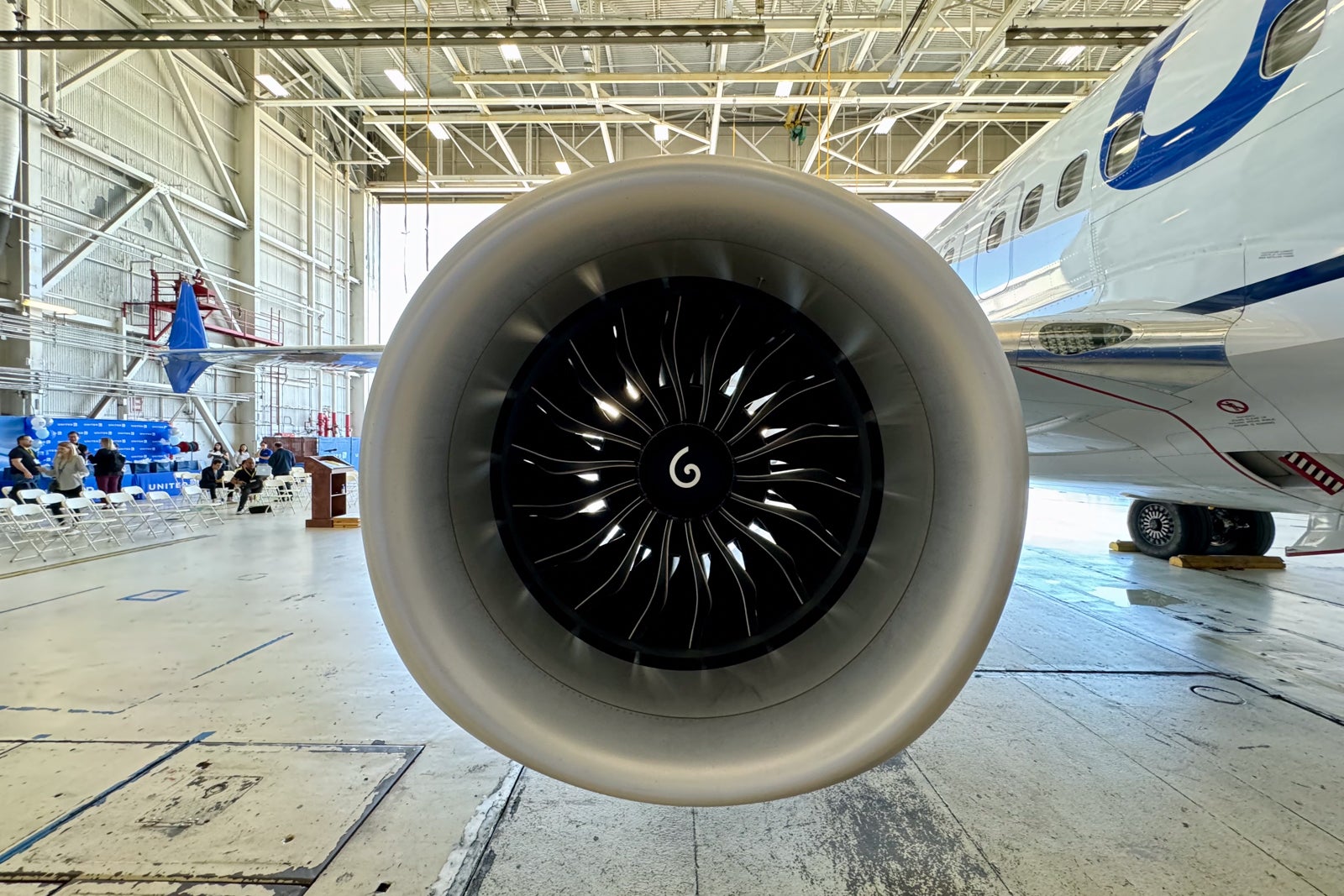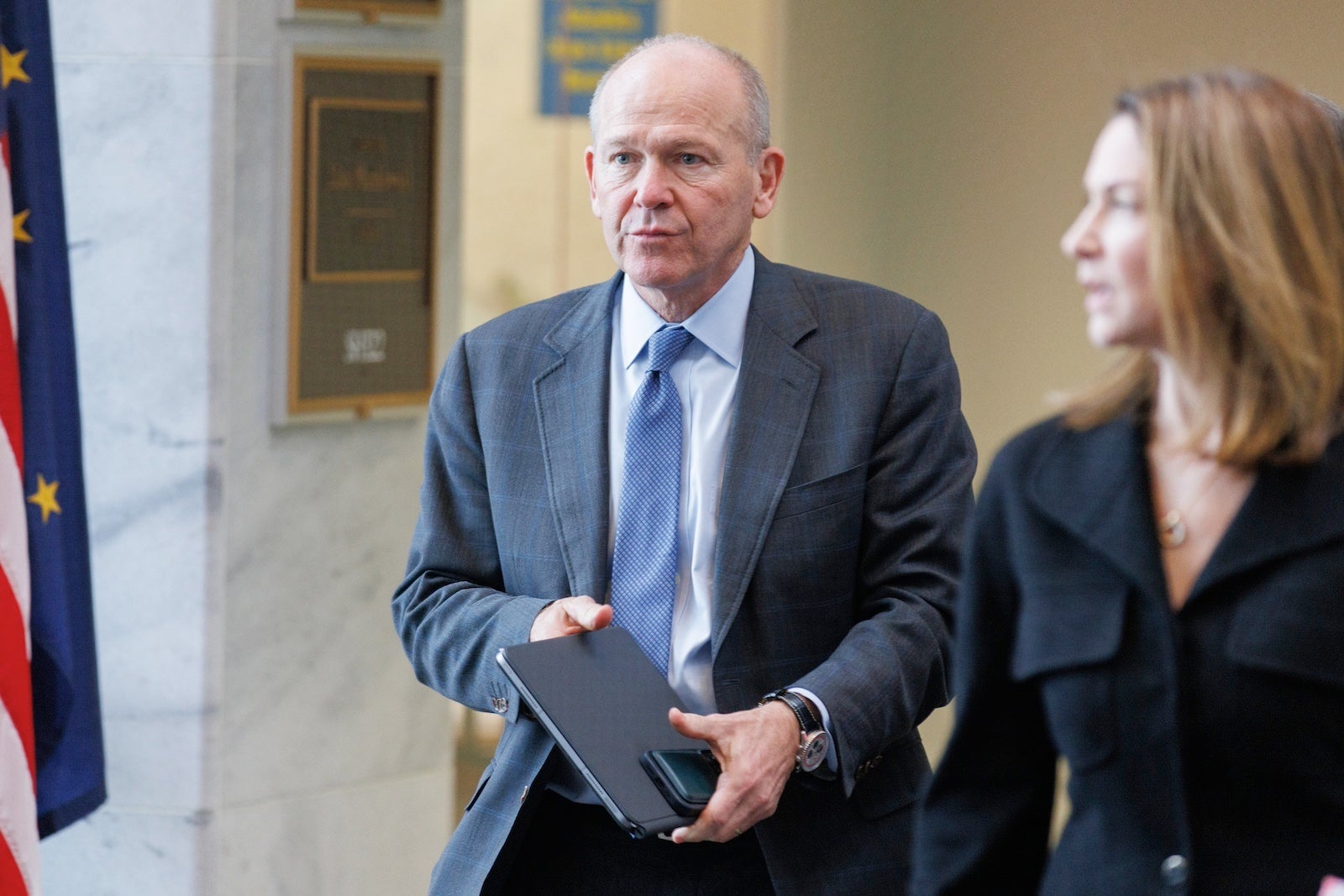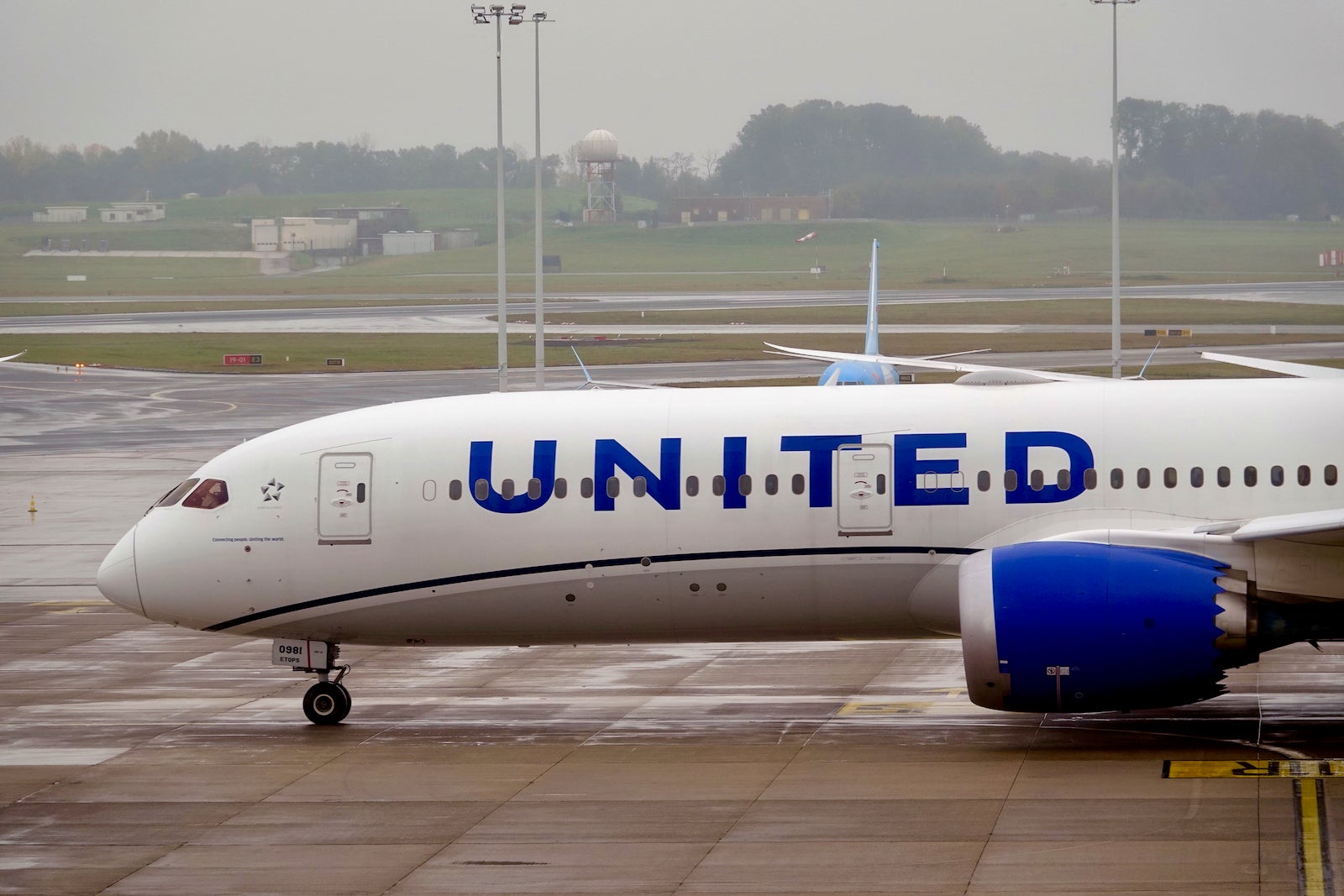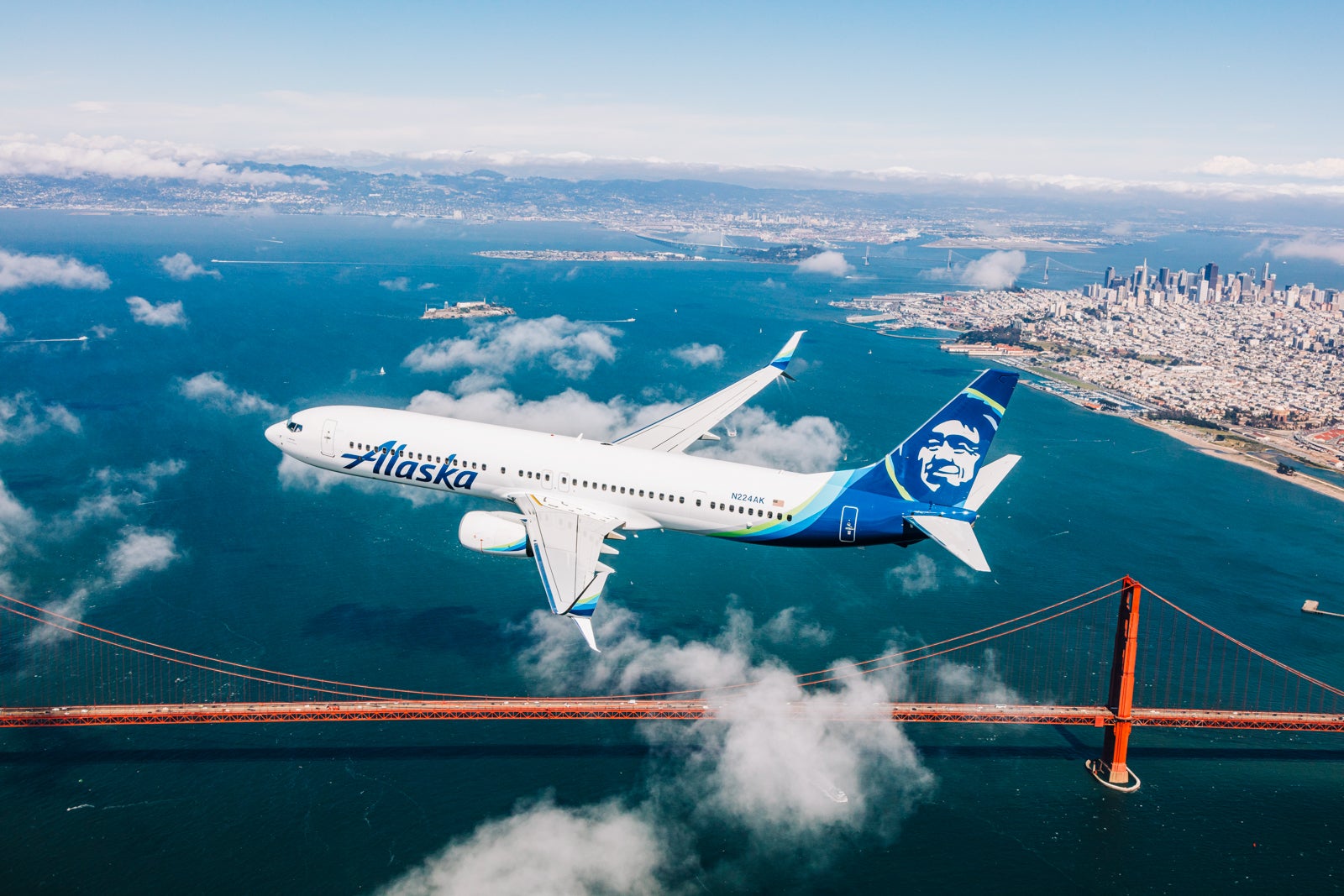Airlines sharpen Boeing criticism, expect aircraft delivery delays
Executives of several major U.S. airlines are pledging to hold Boeing accountable in the wake of this month’s inflight emergency, which left the cabin of an Alaska Airlines 737 MAX 9 aircraft exposed after an explosive blowout of an emergency exit-size door plug.
Additionally, the aftermath of the incident is raising questions about whether Boeing — in the face of new Federal Aviation Administration scrutiny — will be able to produce new jets at the pace airlines had hoped.
Three of the four largest U.S. carriers held their 2023 fourth-quarter earnings calls Thursday and, one by one, each echoed the oft-repeated calls of recent weeks for the aircraft manufacturer to improve its quality control measures.
Want more airline-specific news? Sign up for TPG’s free biweekly Aviation newsletter.
“Boeing needs to get their act together,” Robert Isom, American Airlines CEO, told analysts on Thursday’s conference call. “The issues they’ve been dealing with over the recent period of time, but also going back a number of years now, is unacceptable.”
Isom’s comments seemingly were a nod to both the recent incident on an Alaska MAX 9 aircraft and the two overseas crashes of 737 MAX jets in 2018 and 2019; though the two crashes were caused by factors unrelated to the Jan. 5 incident, the most recent scare has re-ignited criticism of Boeing from regulators, lawmakers and the company’s airline customers.
Speaking to analysts Thursday, Alaska CEO Ben Minicucci spoke of “tough, candid conversations” with the manufacturer.
“Flight 1282 should never have happened,” Minicucci told analysts Thursday during the airline’s first earnings call since the incident on board one of its planes. “It’s not acceptable what happened. We’re going to hold [Boeing] accountable, and we’re going to raise the bar on quality.”
The Seattle-based carrier is one of two U.S. airlines to operate the MAX 9, with 65 in its fleet. United is the other, with 79 such jets.

Daily Newsletter
Reward your inbox with the TPG Daily newsletter
Join over 700,000 readers for breaking news, in-depth guides and exclusive deals from TPG’s experts
With the aircraft grounded by the FAA in the wake of the blowout, Alaska saw around a third of its planned passenger capacity affected this month, company executives reported Thursday.
Ultimately, the airline was able to rebook more than half of its would-be MAX 9 passengers on new Alaska flights — including about 150 previously-unplanned flights operated by its regional subsidiary, Horizon Air.
Yet, the company expects it still will take about a $150 million hit from the entire saga — a bill Alaska seems poised to ask Boeing to foot.
“We’ll work on the accountability of Boeing,” Minicucci said. “The accountability is essentially raising the quality standards at the factory, as well as making us whole.”
MAX 9s returning to service
Though the National Transportation Safety Board (NTSB) and the FAA are far from finished with their probe into Boeing and the Flight 1282 emergency, the first MAX 9 aircraft are returning to the skies over the coming days.
Federal regulators on Wednesday signed off on criteria that give airlines a roadmap to get the jets back in the air.
Alaska’s first MAX 9s begin flying Friday following exhaustive, 12-hour inspections, the company said. United’s first MAX 9s are slated to fly Sunday following inspections.
Operationally, this should spell the end of the hundreds of daily cancellations by both carriers this month.
But larger questions remain.
Aircraft delivery delays likely
This week the FAA essentially forced Boeing to hit the brakes on its manufacturing line.
“We will not agree to any request from Boeing for expansion in production or approve additional production lines for the 737 MAX until we are satisfied that the quality control issues uncovered during the process are revealed,” FAA administrator Michael Whitaker said in a statement Wednesday.
Airlines have largely praised the FAA’s recent moves to step up oversight at Boeing.
At the same time, carriers also have ambitious plans to grow their fleets in the coming years. And the 737 MAX is, for many carriers in the U.S. and around the globe, a big part of those growth plans.
“Those timelines are expected to slip, and I think the last few years have demonstrated that higher levels of regulatory scrutiny tend to be stickier and longer lasting than initially expected,” Mike Stengel, principal at Aerodynamic Advisory, a global aviation industry consultancy, told TPG.
“Airlines certainly seem to be hedging for more delays,” Stengel added.
Alaska, for one, cast doubt on the 16 MAX 9s and seven MAX 8s it is due to receive this year.
“Our suspicion is that many of those will get delayed, but we don’t know for how long,” Shane Tackett, Alaska’s chief financial officer, said Thursday, while noting the airline does have enough jets to fly its 2024 schedule.
His comments came two days after United executives likewise said they’re expecting delays in the carrier’s ambitious fleet growth plans, which call for the airline to receive 31 MAX 9 deliveries this year, among other planned deliveries.
“It is unrealistic at this time to believe all of those aircraft will deliver as currently planned,” Michael Leskinen, United’s chief financial officer, told analysts.
The carrier has also removed Boeing’s still-to-be-certified 737 MAX 10 from its future plans. It did not cancel any aircraft orders but said it’s now assuming it won’t be around for the foreseeable future. Leskinen called the MAX 9 grounding “the straw that broke the camel’s back” with respect to the MAX 10’s timeline.
Delayed aircraft deliveries mean passengers could be stuck riding — for longer than expected — on older aircraft that aren’t equipped with the newest inflight entertainment technology, largest overhead bins or most state-of-the-art cabins or seats. For airlines, it may mean fewer route expansions than planned and, potentially, higher maintenance costs on aging jets.
For his part, Isom, of American, struck a more optimistic tone on aircraft deliveries, noting he doesn’t anticipate major issues with respect to American 20 MAX 8 deliveries planned for this year — since the jets are already in production.
Boeing faces scrutiny
The concerns of top airline executives come as Boeing CEO Dave Calhoun has spent the last couple of days on Capitol Hill meeting with lawmakers.
“I made it clear that quality engineering and a commitment to safety always have to be the top priority,” Sen. Maria Cantwell (D-WA), chair of the U.S. Senate Committee on Commerce, said of her meeting with Calhoun Wednesday.
In a statement Wednesday, Boeing pledged to “continue to cooperate fully and transparently” with the FAA, following steps to strengthen safety and quality, while working closely with airlines completing inspections of the remaining grounded MAX 9 jets.
The company held the first in a series of “safety stand downs” Thursday, which saw Boeing pause its production lines to focus on safety and quality control measures.
Meanwhile, in the coming days, the first U.S. passengers will face what may be, for some, an uneasy reality: boarding a MAX 9 aircraft for the first time since the Flight 1282 emergency.
Rest assured, Alaska executives said Thursday, that each aircraft that returns to the skies will have undergone “rigorous inspection” based on FAA criteria — a sentiment echoed by United.
“Our primary focus right now is the safety of our guests, our people and our fleet,” Minicucci said Thursday.
Related reading:

